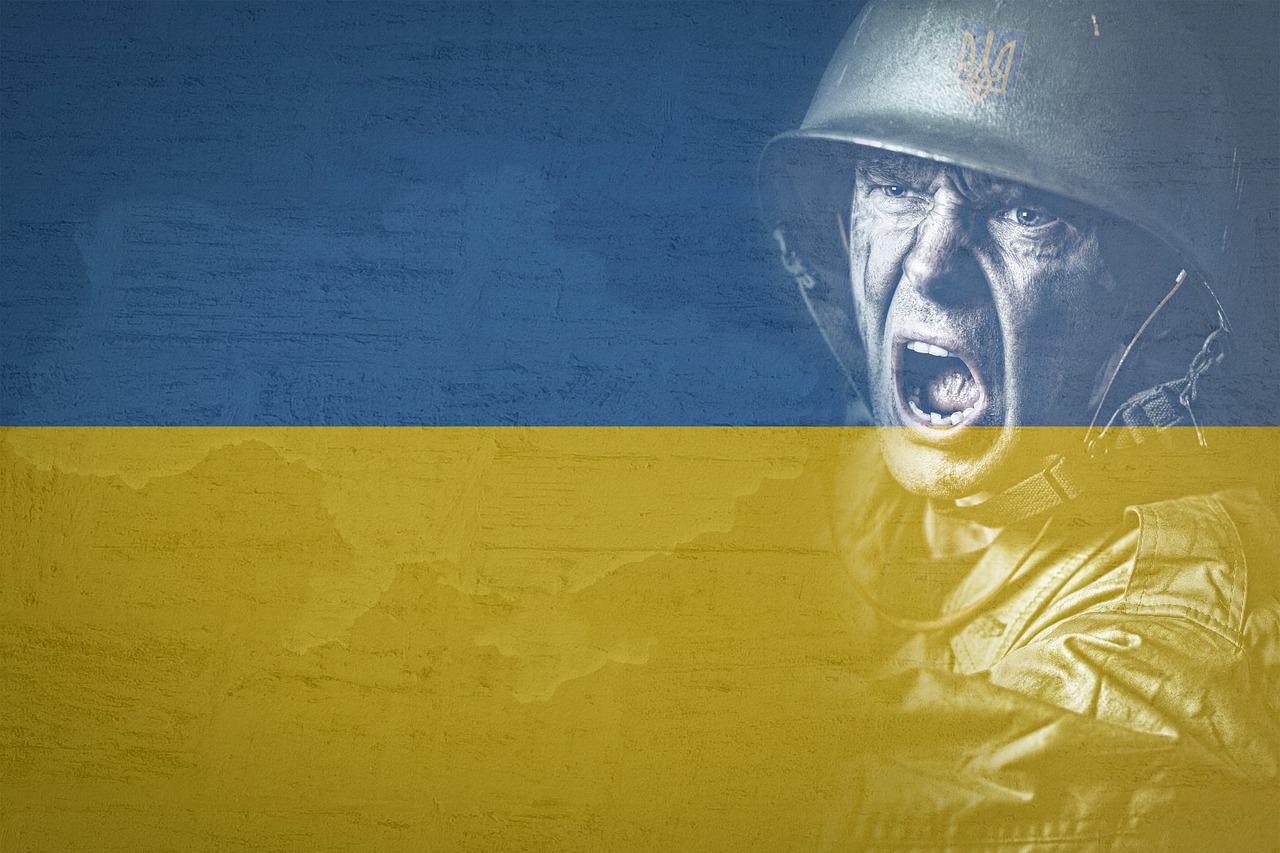This post is also available in:
 עברית (Hebrew)
עברית (Hebrew)
A recent video has shed light on the growing role of Uncrewed Ground Vehicles (UGVs) in the war in Ukraine, showcasing their increasing deployment on the front lines. Initially used for kamikaze missions and minelaying, these remote-controlled robots are now engaging in direct combat operations, underscoring a significant shift in modern warfare tactics.
The video, which was released by the Ukrainian Armed Forces, features a UGV named “Lyut” (Fury) executing a successful attack on a Russian position. Developed over the past 30 months by Ukrainian engineers in response to Russia’s escalating aggression, the Fury is among the first armed UGVs to see substantial action on the battlefield. According to Interesting Engineering, this cutting-edge platform is equipped with a PKT 7.62 mm machine gun, enabling it to effectively engage enemy targets.
The Fury, constructed for high-stress military operations, operates as a mobile weapon platform. Its all-wheel-drive chassis allows it to navigate challenging terrain, conduct decoy operations, and accurately locate enemy positions. Following extensive internal testing, the Fury has transitioned from concept to an industrial prototype, demonstrating impressive shot accuracy, maneuverability, battery life and communication capabilities under electronic warfare conditions.
During its recent mission, the Fury showcased its capabilities by navigating through minefields and effectively firing its machine gun in coordination with explosive drones and mortars. Despite facing rocket fire and mortar strikes, the UGV remained operational, successfully neutralizing a small group of Russian soldiers. As reported by the Ukrainian military, “The outcome: part of the enemy was destroyed, and the rest fled.” Remarkably, the Fury sustained hits from RPGs and first-person-view drones but completed its mission and returned for recovery.
The UGV’s deployment represents a strategic advantage, as it allows Ukrainian forces to engage Russian positions without risking infantry lives. The economic aspect of utilizing UGVs is also noteworthy; at approximately $16,000 per unit, the Fury is significantly more low-cost compared to traditional weaponry, allowing for innovative tactics without incurring heavy losses.
While the full impact of UGVs like Fury remains to be seen, their presence on the battlefield is already altering the dynamics of combat in Ukraine. By minimizing the risks to soldiers while maintaining offensive capabilities, these robots exemplify the future of warfare, where technology plays an increasingly crucial role in military operations.


























